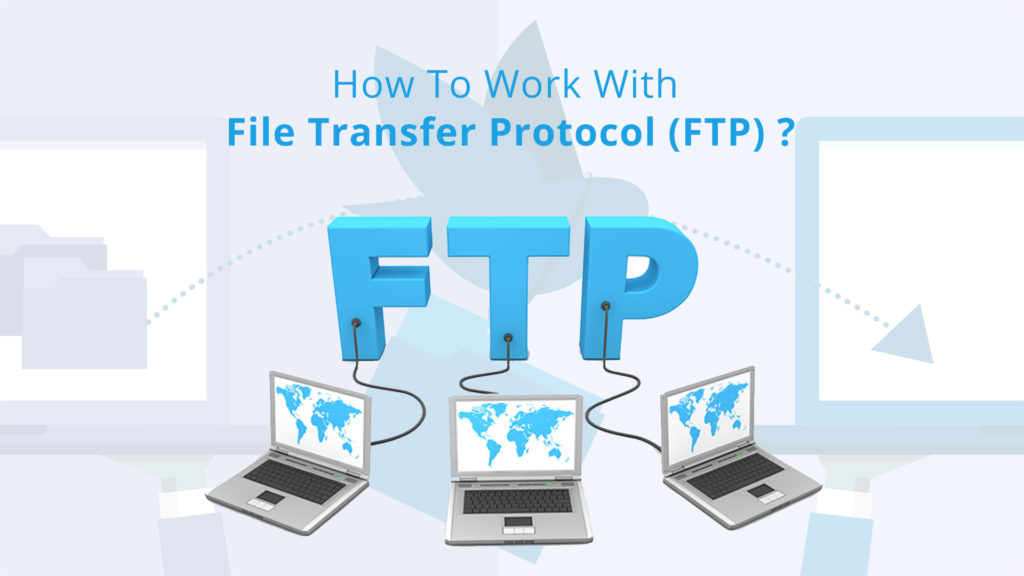According to Forbes, an average office worker uses around 10,000 sheets of paper a year. Given the cost of buying stationery and the environmental damage, it makes sense for businesses to move to a paperless environment. The good thing is technology is available easily that can make it happen. Moreover, paperless records are easier to preserve and manage and retrieve information. However, many businesses are clueless about how to progressively reduce their use and dependence on paper and become paperless. Some handy tips:
Table of Contents
Set Specific and Realistic Goals
Using paper is a deeply ingrained habit in most people, and while almost everyone will agree with its benefits and utility, they are reluctant to make a start. You must get the ball rolling by creating a set of targets centered on saving paper and going paperless for everyone to achieve within a time frame. It will help people to focus and work towards going paperless. However, it is vital to set realistic and achievable targets that encourage people to keep progressing toward the end goal of becoming a paperless operation. Educating workers about the multiple benefits of going digital and reducing paper use can help.
Think Digital
There are multiple benefits of electronic record keeping and information management. One of the main advantages of digital documents generated with documentmanagementsoftware.com products is they are easier to store and retrieve. You no longer have to worry about endless filing cabinets and ensuring paper records do not get spoiled due to dampness, heat, insects, rodents, etc. Moreover, sharing electronic documents with colleagues, suppliers, bankers, customers, and other stakeholders is easier, quicker, and more convenient.
In addition to being far less expensive to generate and store, you can set passwords to electronic documents for enhanced security. Storing documents in the cloud allows employees to access and collaborate seamlessly. You can also scan legacy documents to digitize them and reduce your pressure on storage space.
Organizing is Key
While digitizing documents is easy with advanced document scanning software, it is critical to organize the digital documents well to enable employees quickly identify and access them. Before scanning legacy documents, you should organize them manually to weed out the unnecessary stuff and digitize the rest. Converting paper documents into electronic records can take time but it is a critical step worth doing carefully. After scanning the documents, ensure you save them in logical categories to make search and access easy.
Transit to Paperless
To become a paperless business, you need to reduce and stop using paper unless required for compliance or regulatory requirement. Get rid of all your printers, save one, limit the purchase of paper, and insist on a complete switchover to electronic record keeping. Typical activities like payroll, invoicing, customer correspondence, etc., can all be easily made digital.
Conclusion
Going paperless does not end with scanning old documents and generating electronic versions of new ones if you cannot prevent employees from printing them. You should consider storing all the records on the cloud to permit easier collaboration and remote working, using digital signatures, and enforcing a high level of security to prevent unauthorized access and breach of confidential information.

